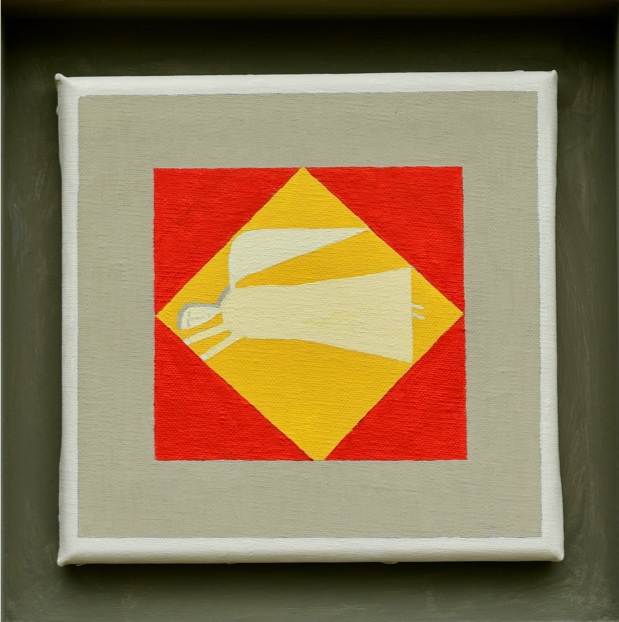Abstract
The Middle High German König Rother, written in the second half of the twelfth century, tells the story of a dangerous bridal quest that creates conflicts between the Christian West and East, touching themes of correct governance, the role of violence in ruling, as well as the stabilization of society through political interaction. One of its dominant features is the intense modelling of possible future events and the optimal reactions to them. Attempting to anticipate this dangerous future, Rother and his men are depicted in the process of detailed and risk-aware planning. In a close reading of the text, this article shows how the future is conceptualized by both extradiegetic narrator and intradiegetic characters. It traces how these efforts to model the future change in the course of the narrative – from a risk-aware avoidance of contingencies to a relaxed trust in the stability of Rother's rule and divine providence. This reading offers a new understanding of König Rother's narrative complexity beyond the questions of structure and 'Literarisierung' that have dominated criticism on the text so far.

This work is licensed under a Creative Commons Attribution-ShareAlike 4.0 International License.
Copyright (c) 2023 Lea Braun

